Choosing the Right Winch Size for Your UTV
A winch is an essential accessory for any off-road enthusiast, especially when it comes to utility terrain vehicles (UTVs). Whether you find yourself stuck in mud, tackling steep inclines, or needing to haul heavy loads, a winch can be a lifesaver. However, selecting the right winch size for your UTV can be a bit confusing if you're new to this equipment. In this blog post, we will guide you through the meaning of a winch and delve into factors you need to consider when purchasing one.
UTV winch consists:
- Winch Motor: This is the power source of the winch. It is an electric motor that provides the mechanical force to reel in or let out the winch cable.
- Winch Drum: The winch drum is a cylindrical spool around which the winch cable is wound. It is connected to the winch motor and rotates as the motor operates.
- Winch Cable or Rope: The winch cable is a strong, durable, and flexible line that is wound around the winch drum. It is usually made of steel or synthetic materials like synthetic rope. The cable is attached to the object being pulled or lifted.
- Fairlead: The fairlead is a device that guides the winch cable onto and off the winch drum. It helps prevent the cable from getting tangled or damaged during operation.
- Control Switch: The control switch allows the operator to control the winch's operation. It typically includes buttons or a lever for activating the winch motor to reel in or let out the cable.
Winch Size for Your UTV
- Vehicle Weight: The weight of your UTV is a crucial factor in determining the appropriate winch size. As a general rule of thumb, the winch capacity should be at least 1.5 times the weight of your UTV. For example, if your UTV weighs 1,000 pounds, a winch with a capacity of 1,500 pounds or more would be suitable.
- Power Source: Winches typically have two power source options - electric and hydraulic. Electric winches are more common and convenient for UTVs due to their ease of use and widespread availability.
- Line Length: The length of the winch cable or rope is another important consideration. It should be long enough to reach anchor points or objects you intend to pull or secure. A general recommendation is to have a winch cable that is at least 1.5 times the length of your UTV. For example, if your UTV is 10 feet long, a winch cable of 15 feet or more would be appropriate.
- Synthetic or Steel Cable: Decide between a synthetic rope or a steel cable. Synthetic ropes are lightweight, safer in case of breakage, and easier to handle but may require occasional maintenance. Steel cables are sturdier but require more careful handling due to their weight and potential snapback hazard.
Installing a winch on a UTV:
Step 1: Select a location on your UTV where you want to install the winch. Common mounting locations include the front or rear of the vehicle.
Step 2: Follow the manufacturer's instructions to securely attach the mounting plate or bracket to the UTV's frame or designated mounting points.
Step 3: Connect the winch's power cables to the UTV's battery.
Step 4: Route the winch cables from the winch to the control switch or solenoid.
Step 5: Install the winch control switch in a convenient location on the UTV.
Step 6: Once the winch is installed and all connections are secure, test the winch to ensure it's functioning correctly.
Conclusion:
A UTV winch can be a valuable asset, providing you with the necessary pulling power and versatility for off-road adventures and challenging tasks. By considering factors such as vehicle weight, intended use, line length, and power source, you can select the right winch size for your UTV. Remember to consult the manufacturer's recommendations and guidelines to ensure proper installation and safe operation. With the right winch at your disposal, you can tackle tough situations and enjoy your UTV adventures with confidence.

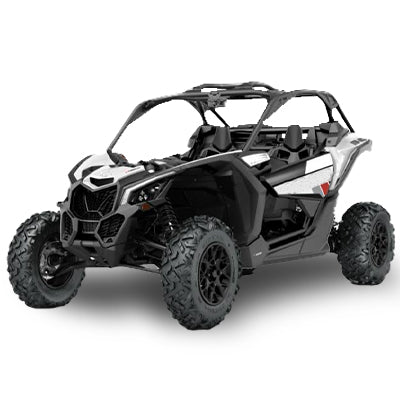
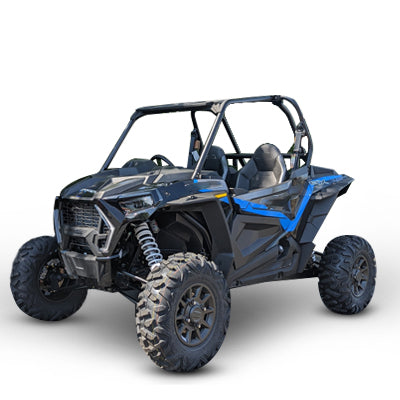
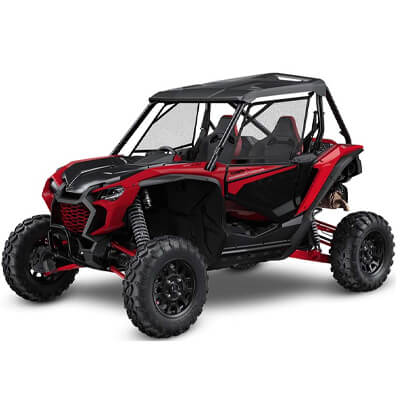
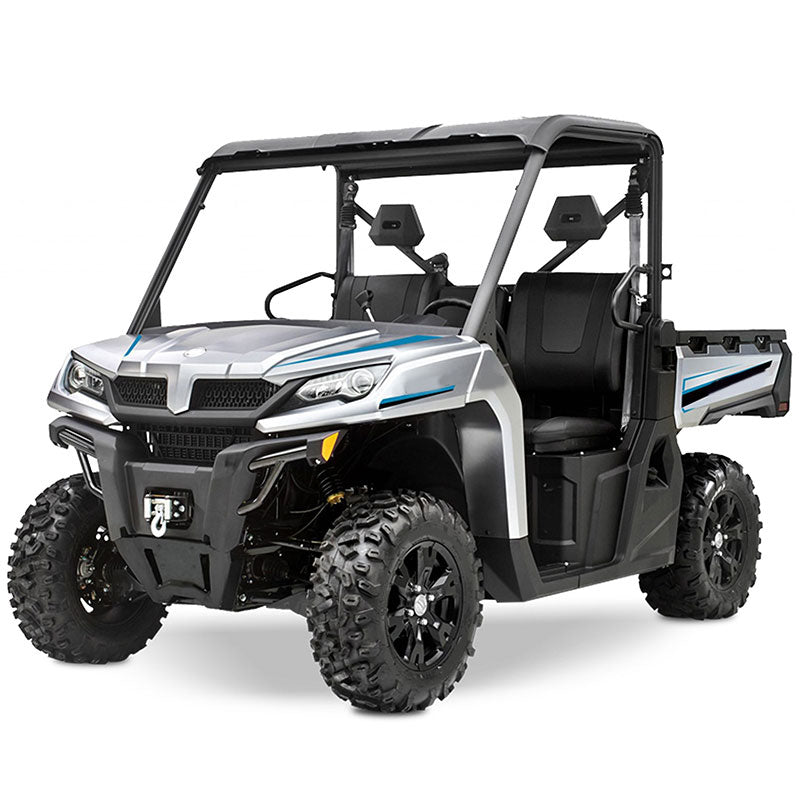
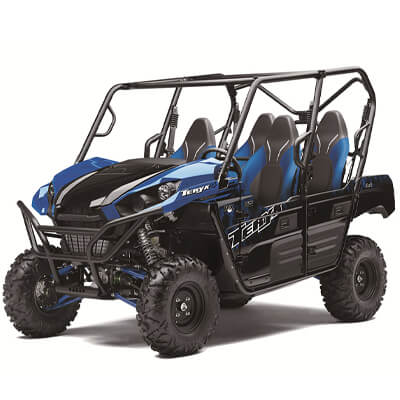

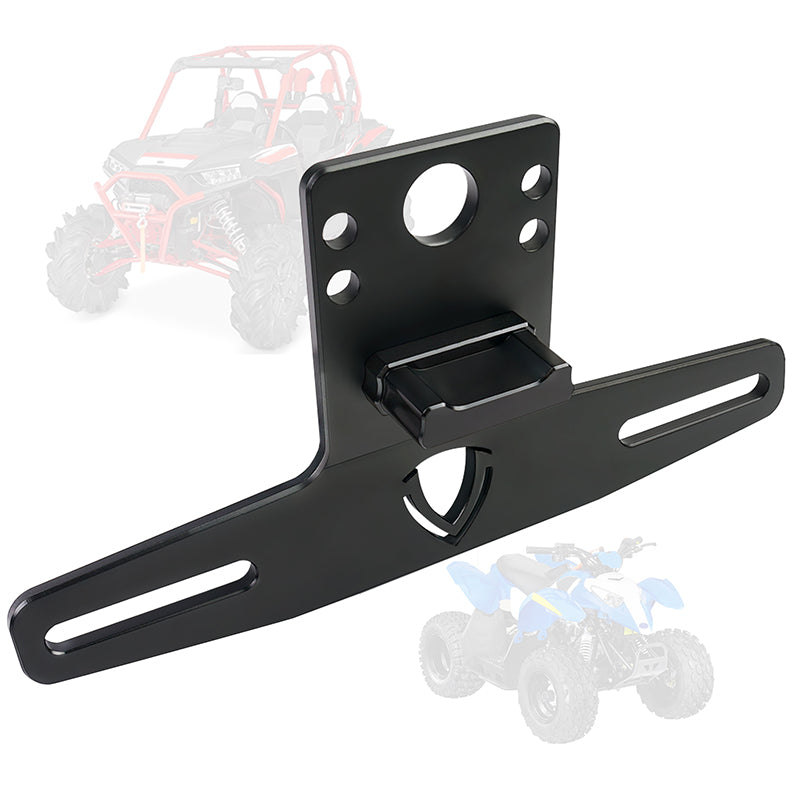
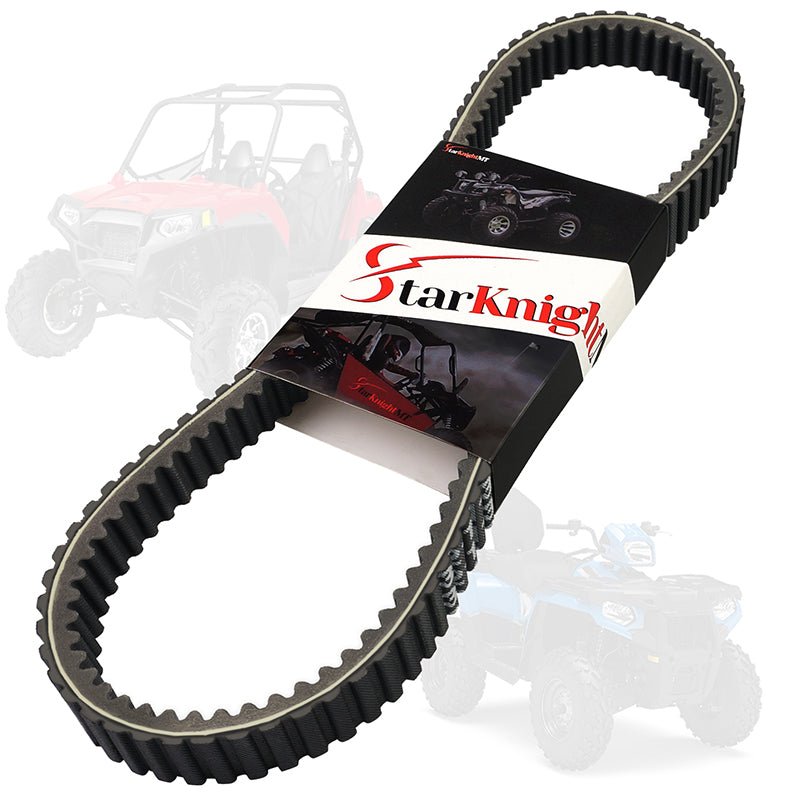



Leave a comment